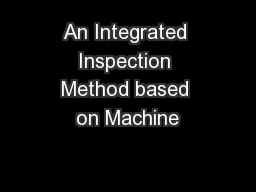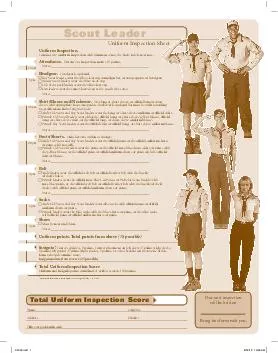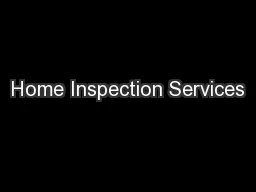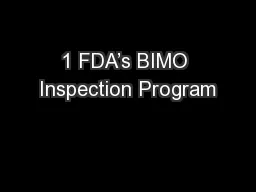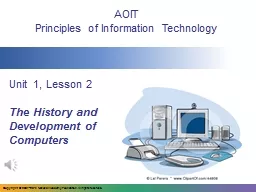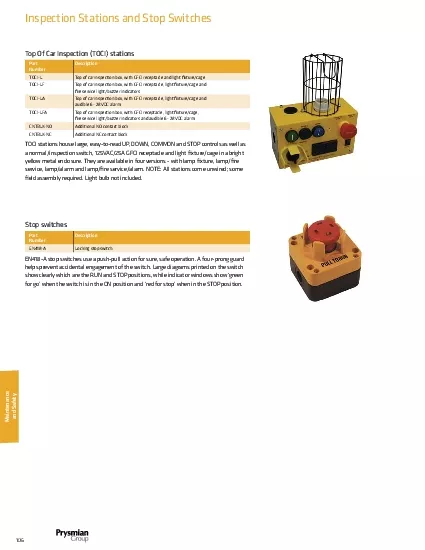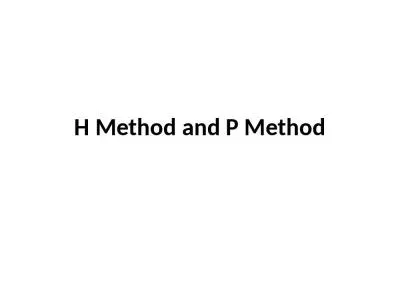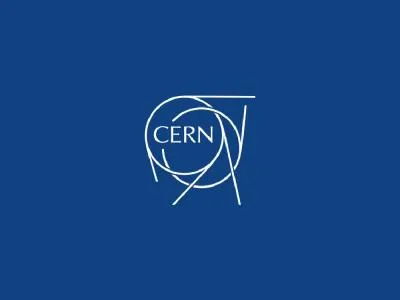PPT-An Integrated Inspection Method based on Machine
Author : celsa-spraggs | Published Date : 2016-03-19
Vision for Solder Paste Depositing Review by Jeremy LeFevre Authors Yongcong Kuang the College of Mechanical Engineering South China University of Technology Guangzhou
Presentation Embed Code
Download Presentation
Download Presentation The PPT/PDF document "An Integrated Inspection Method based on..." is the property of its rightful owner. Permission is granted to download and print the materials on this website for personal, non-commercial use only, and to display it on your personal computer provided you do not modify the materials and that you retain all copyright notices contained in the materials. By downloading content from our website, you accept the terms of this agreement.
An Integrated Inspection Method based on Machine: Transcript
Download Rules Of Document
"An Integrated Inspection Method based on Machine"The content belongs to its owner. You may download and print it for personal use, without modification, and keep all copyright notices. By downloading, you agree to these terms.
Related Documents

